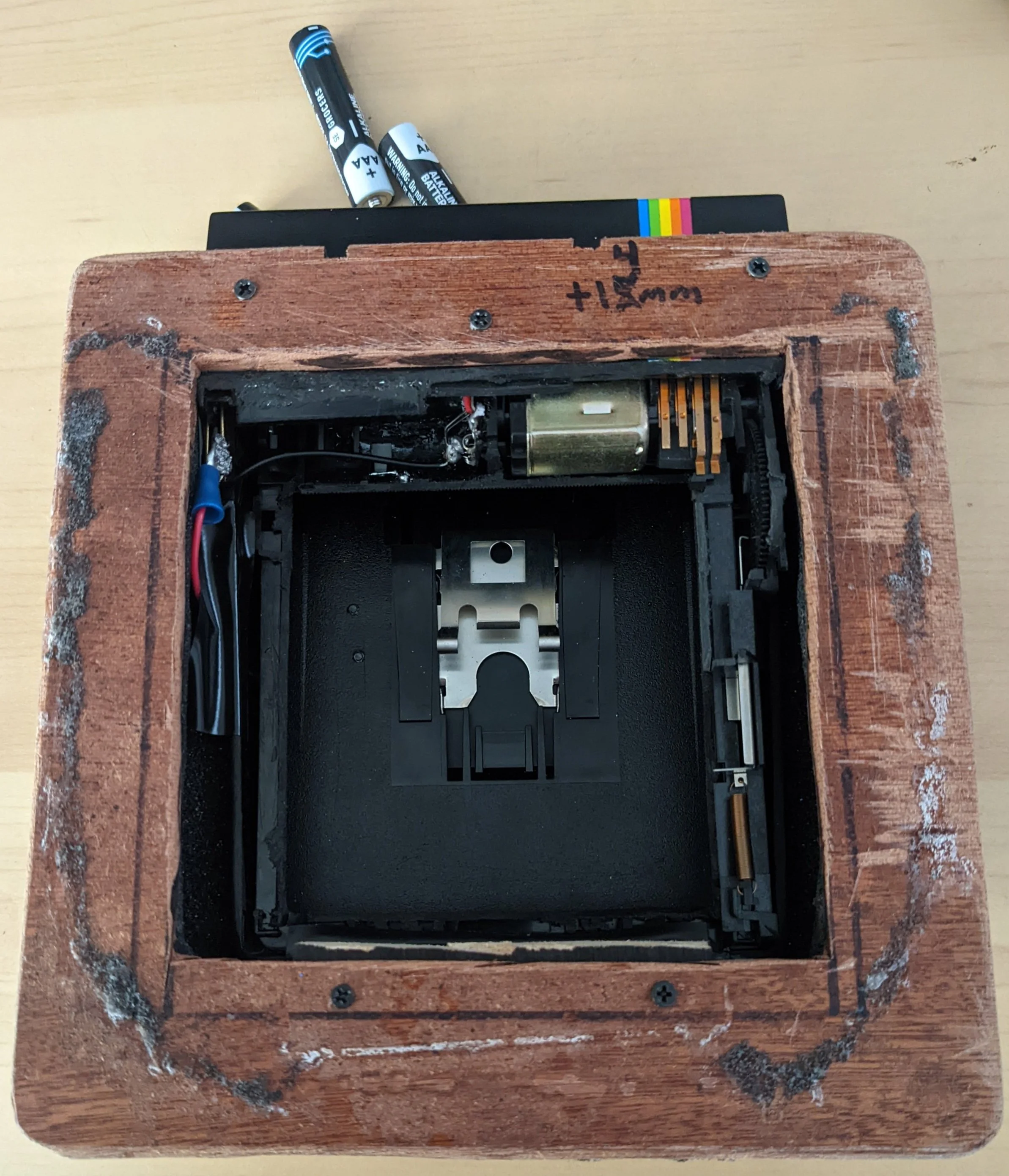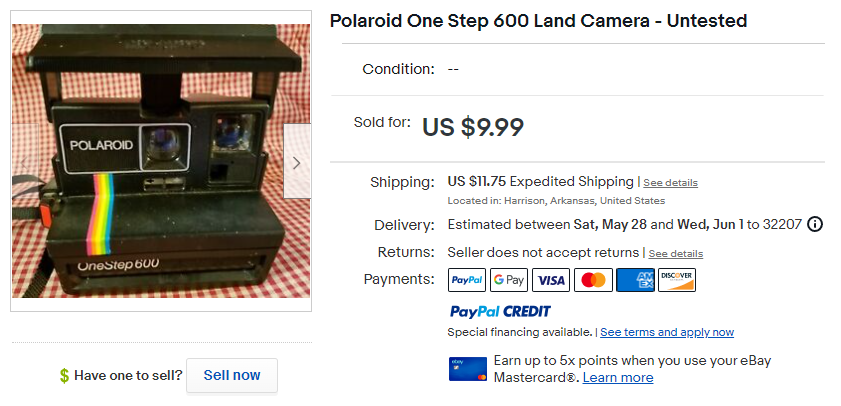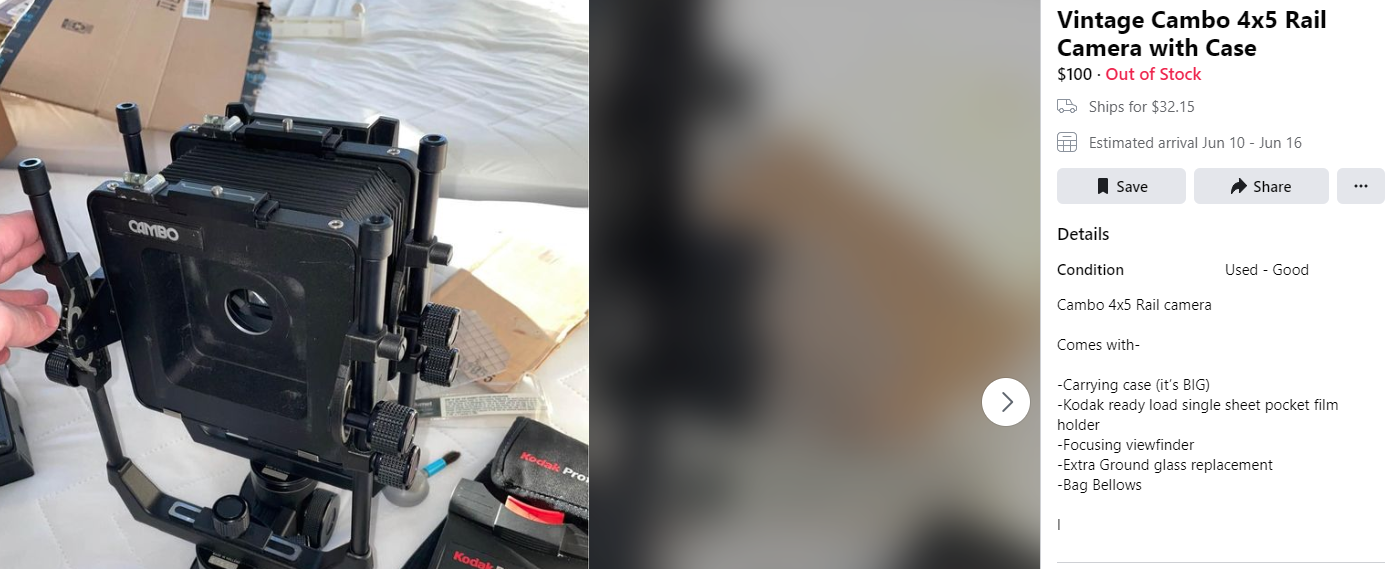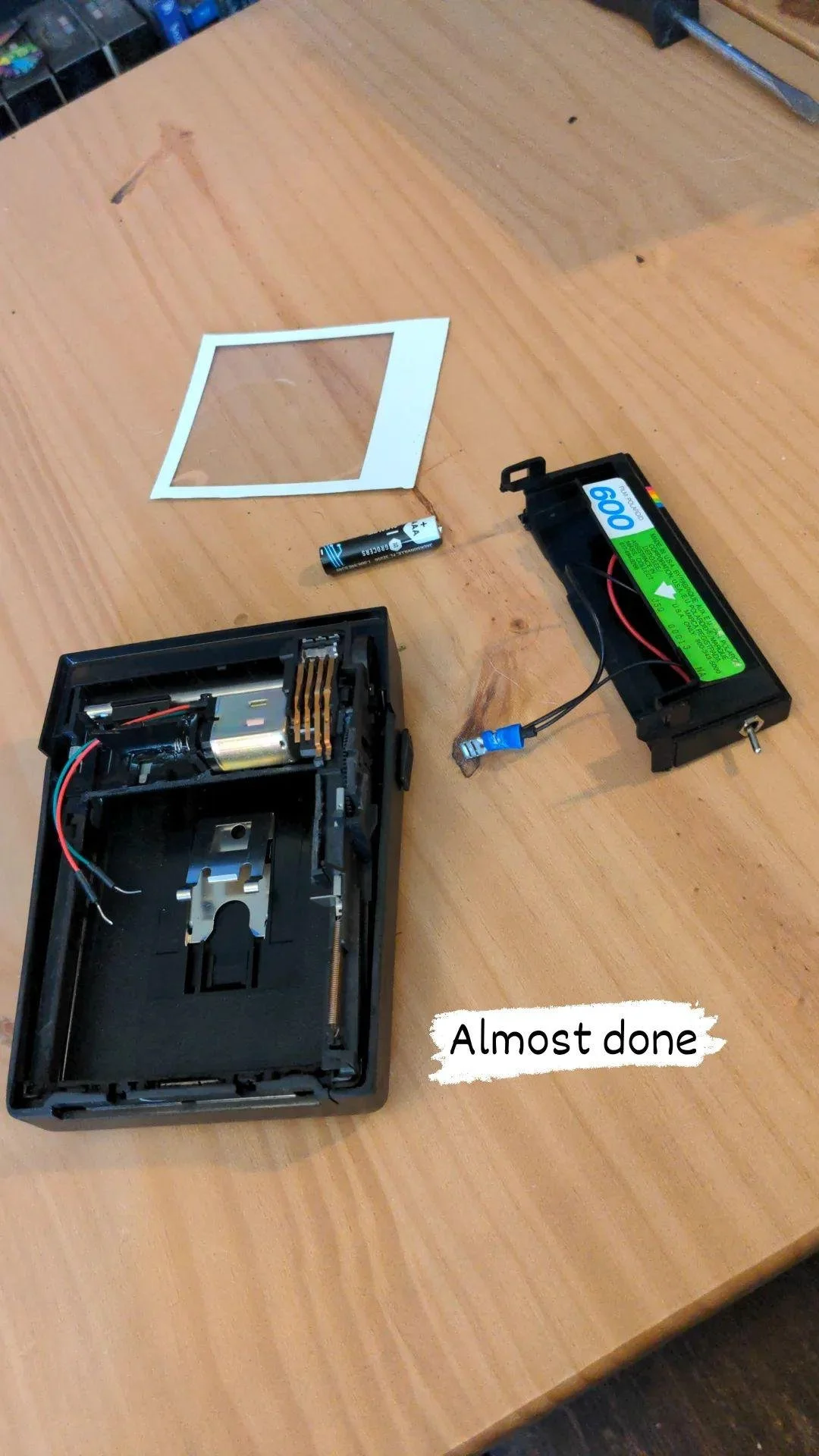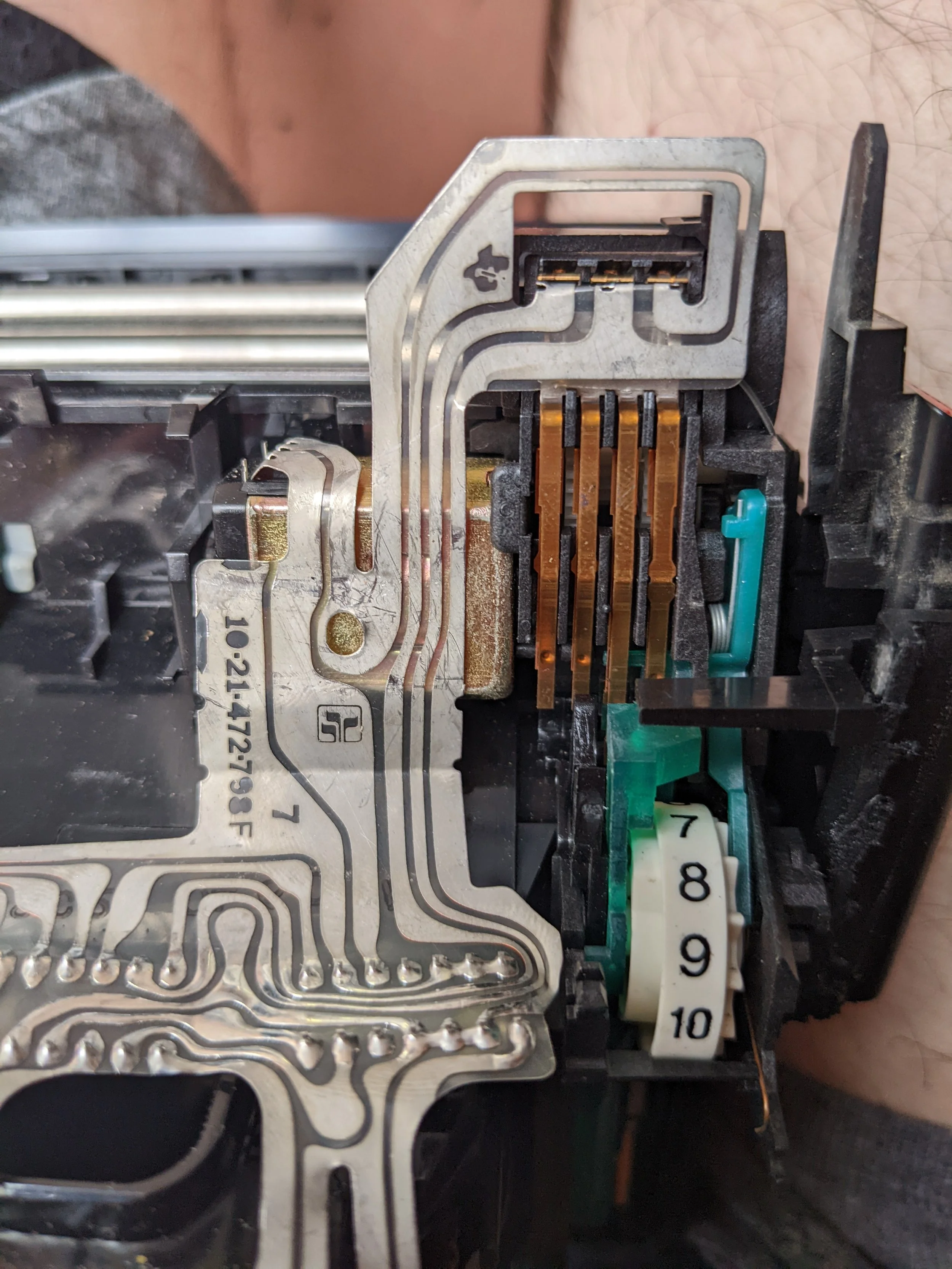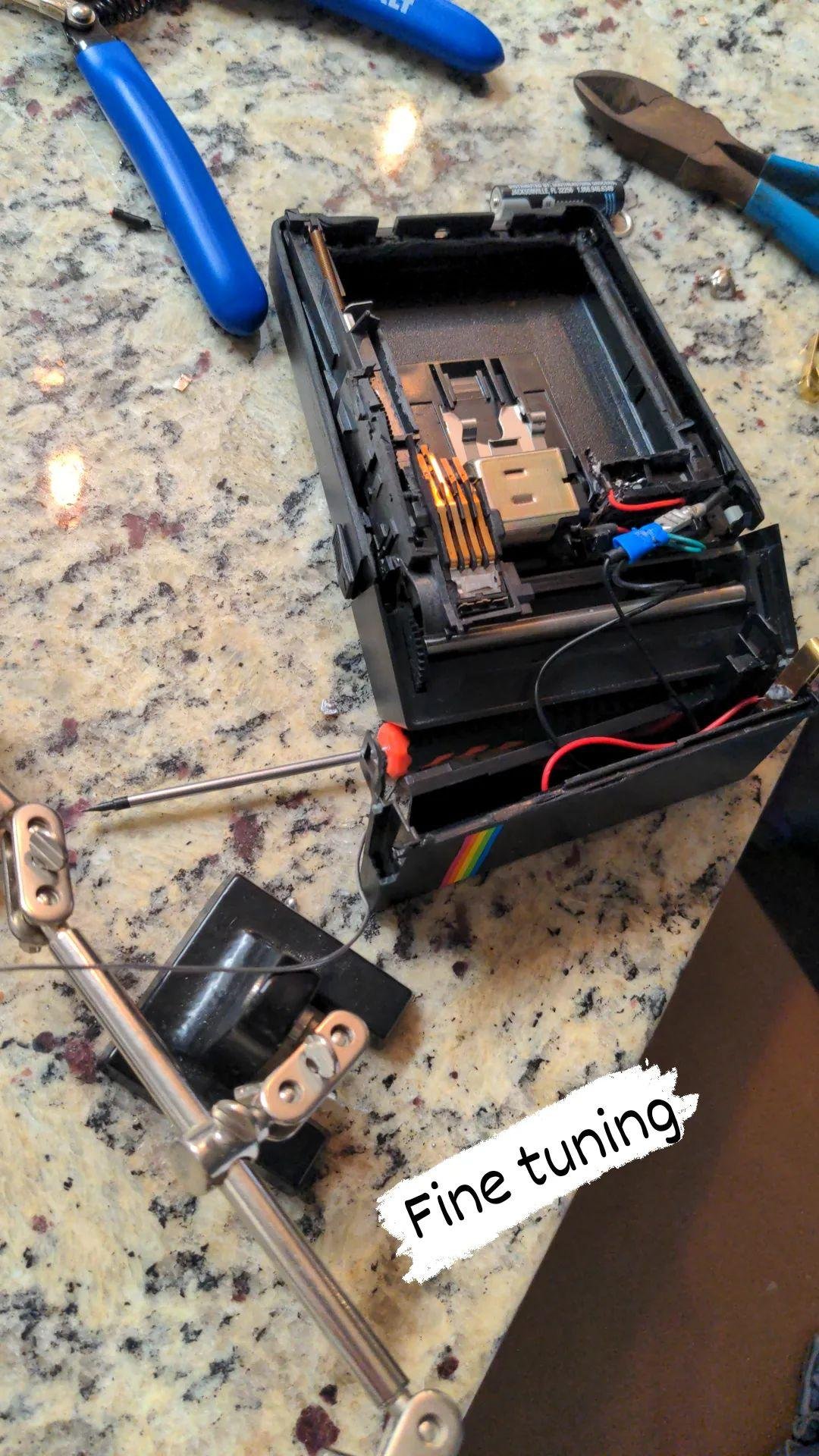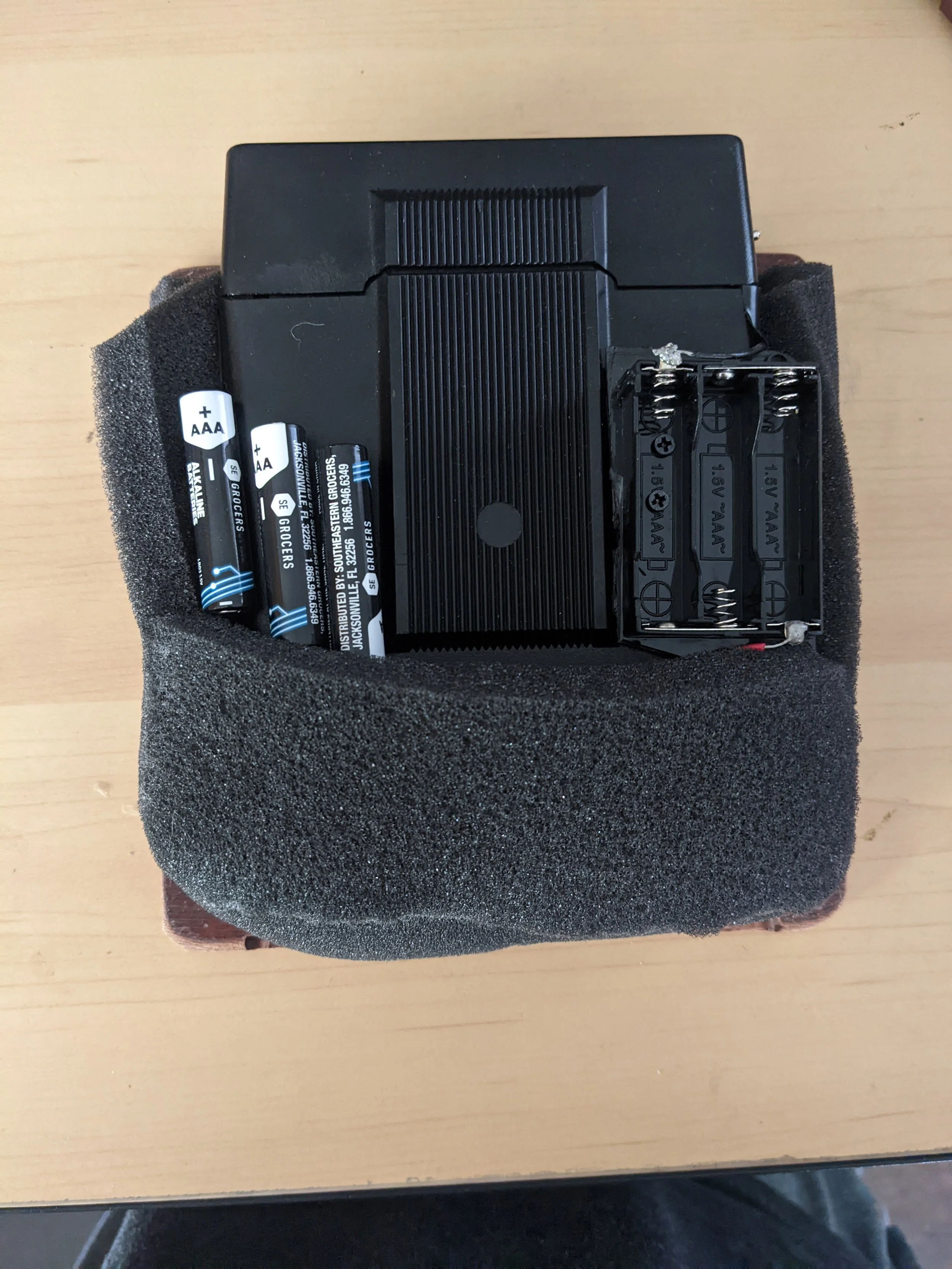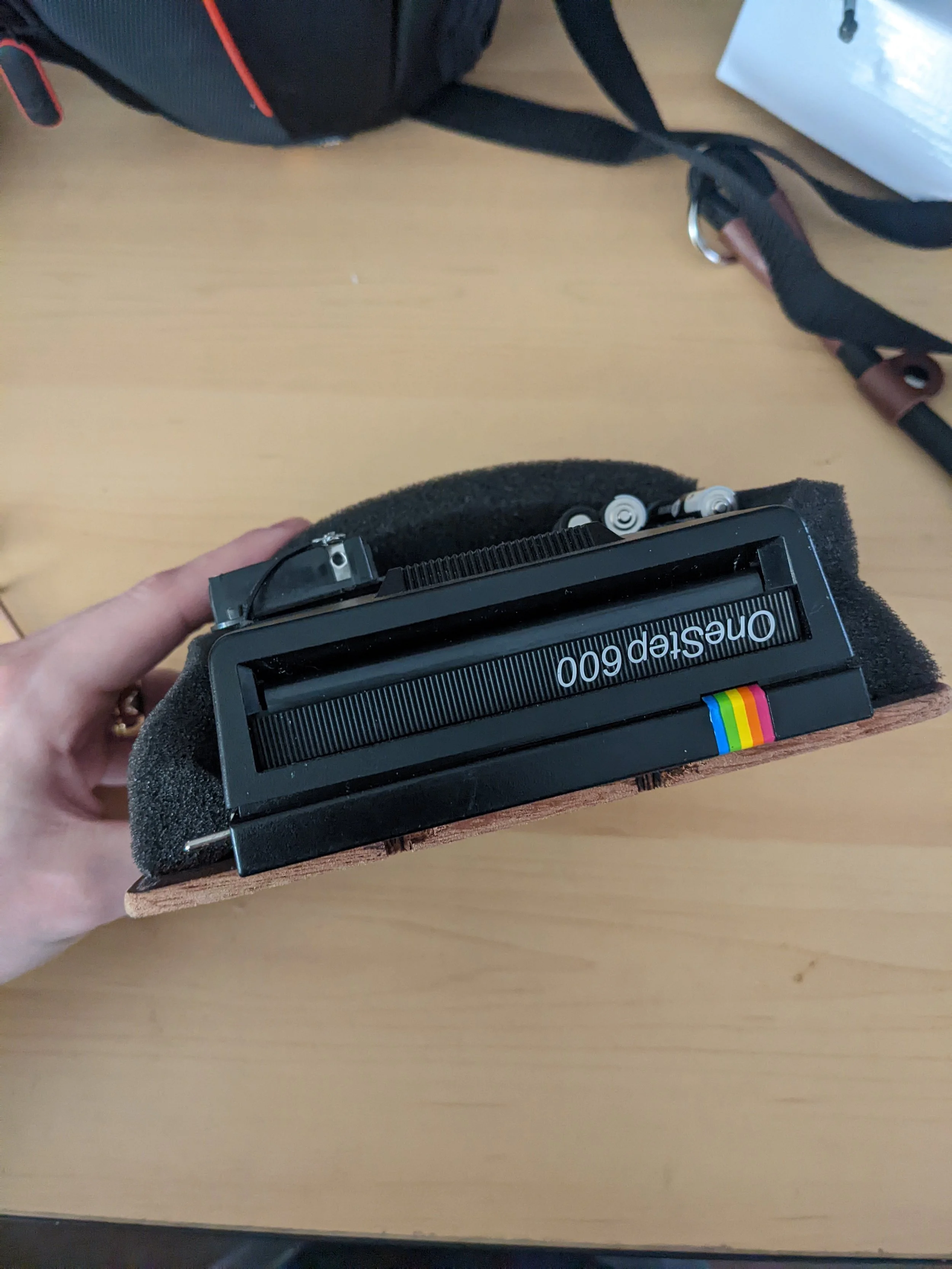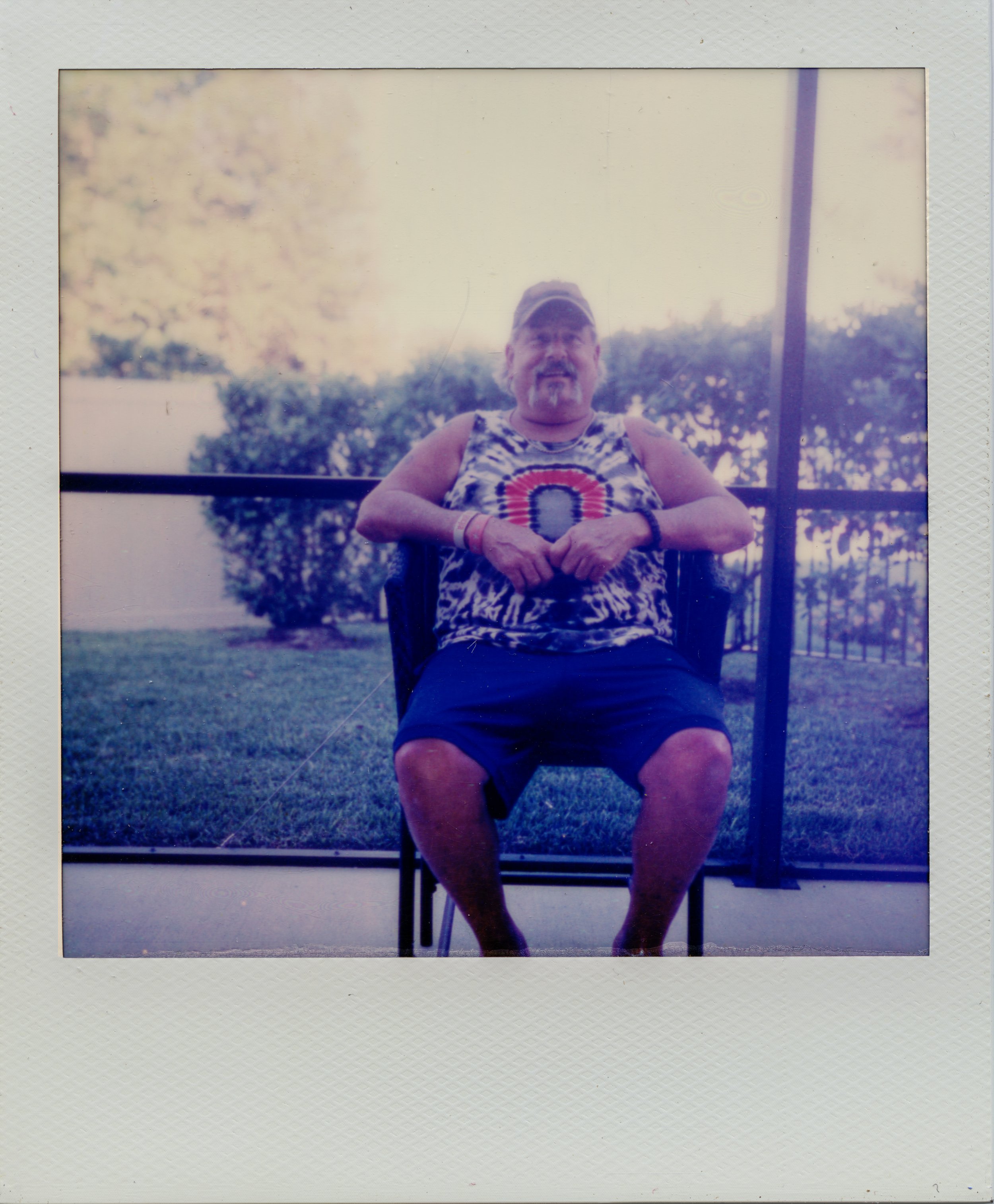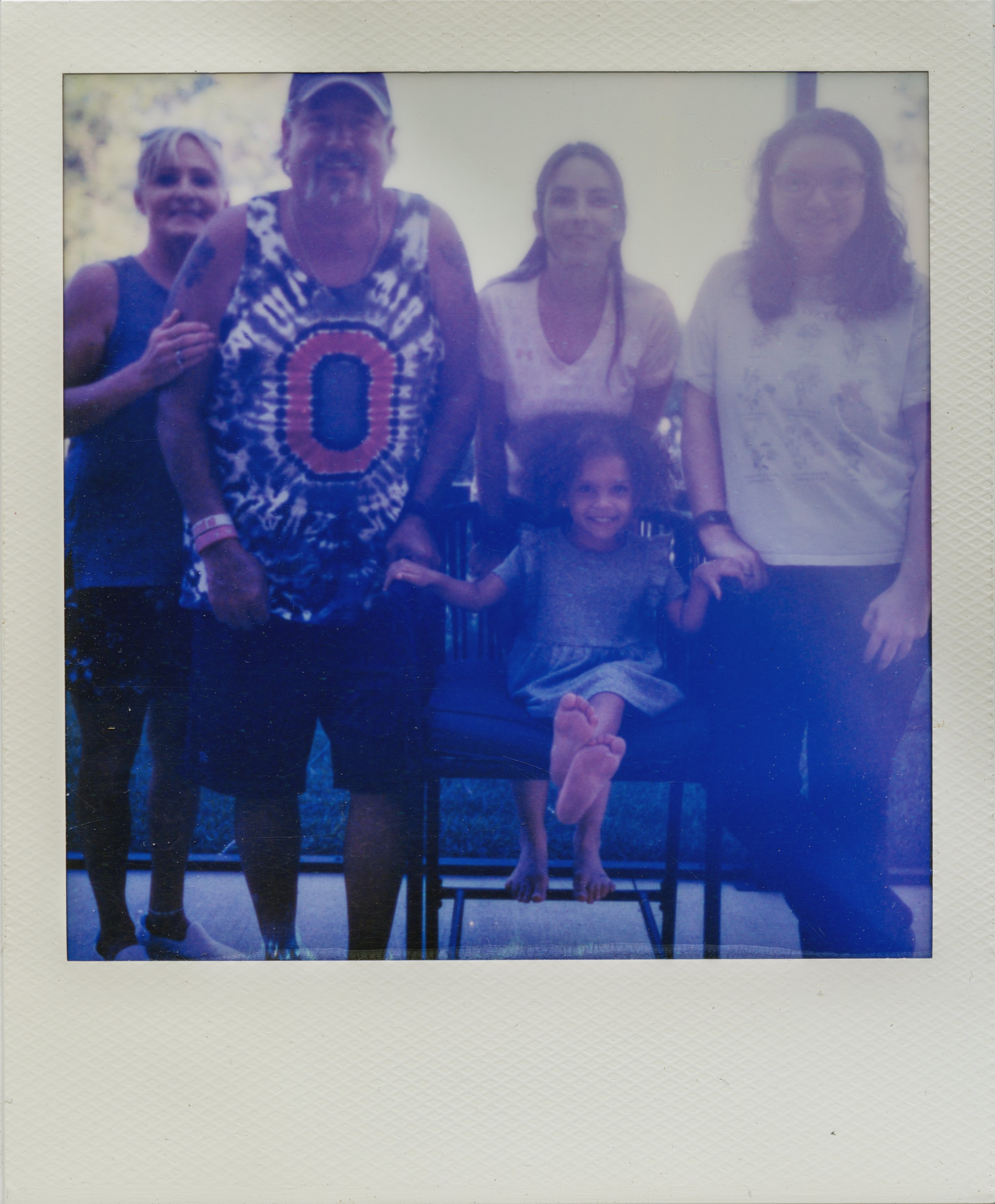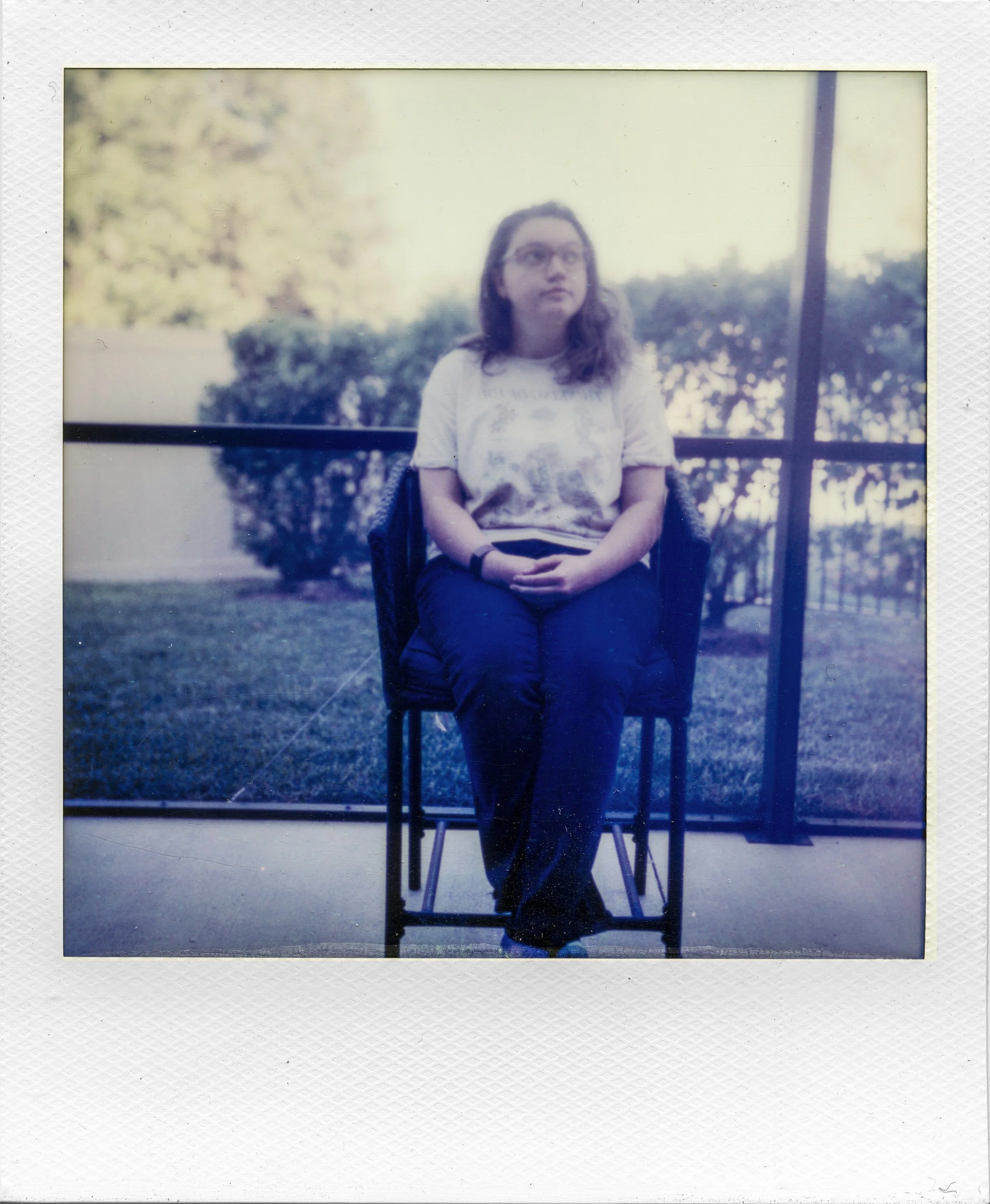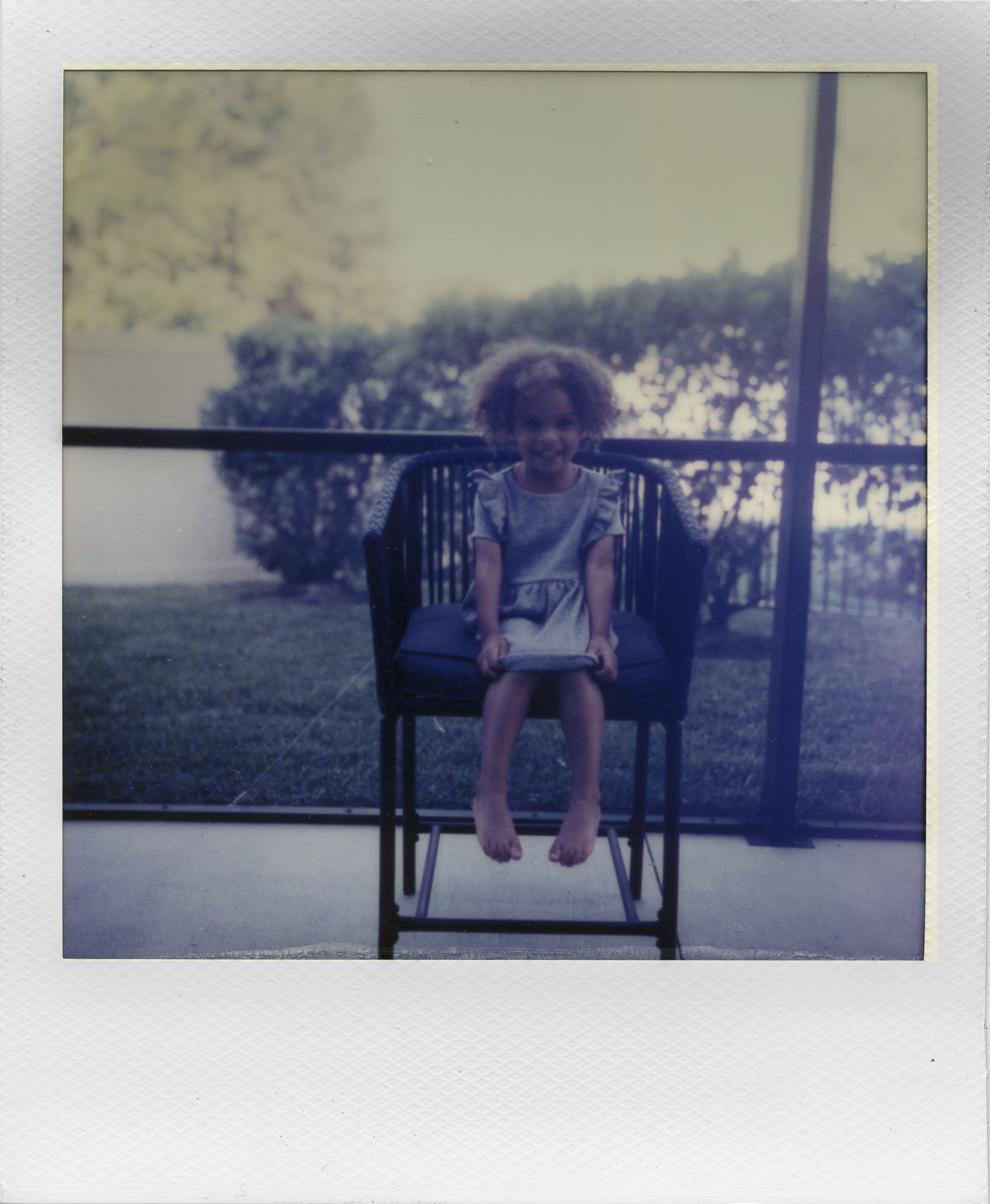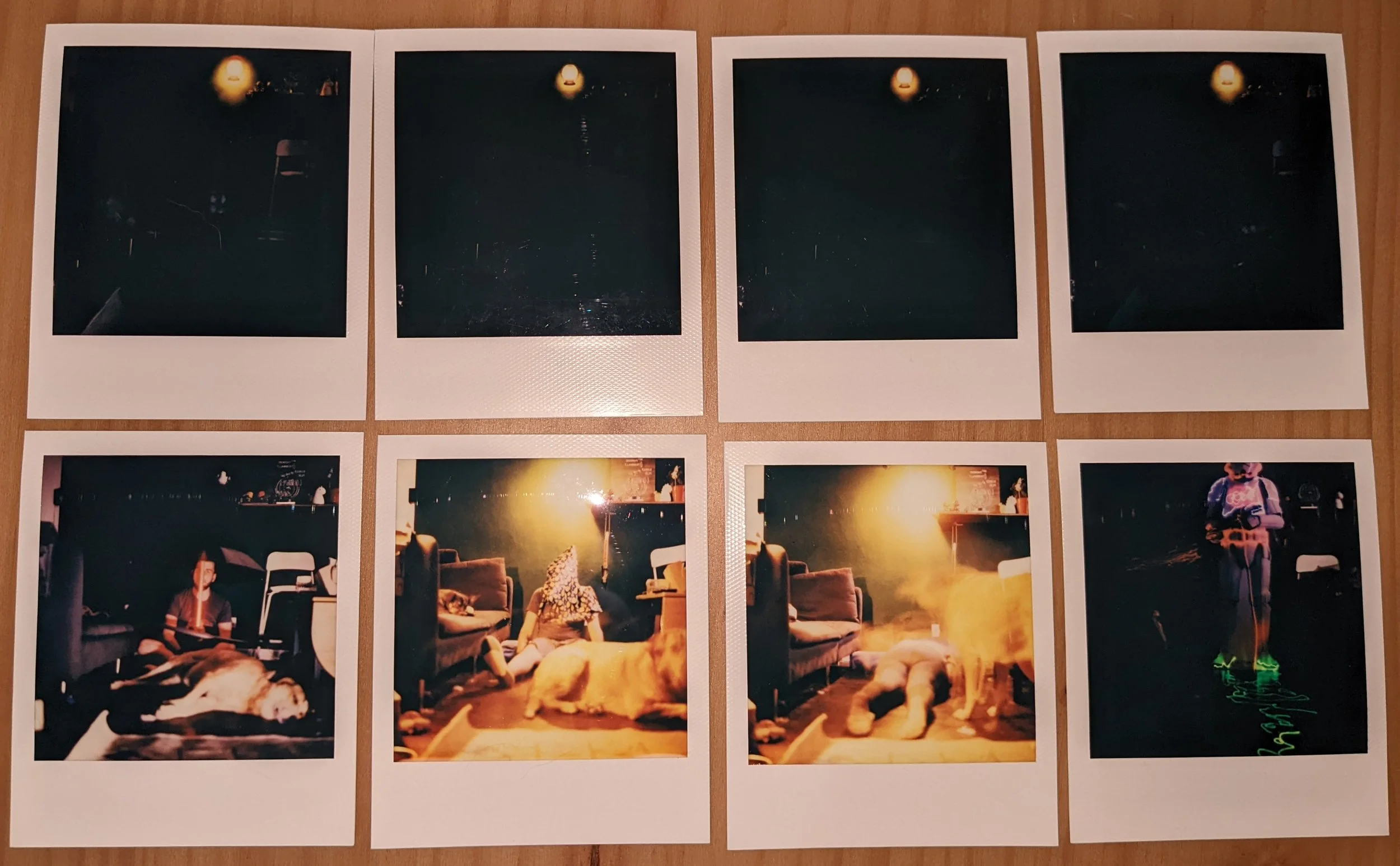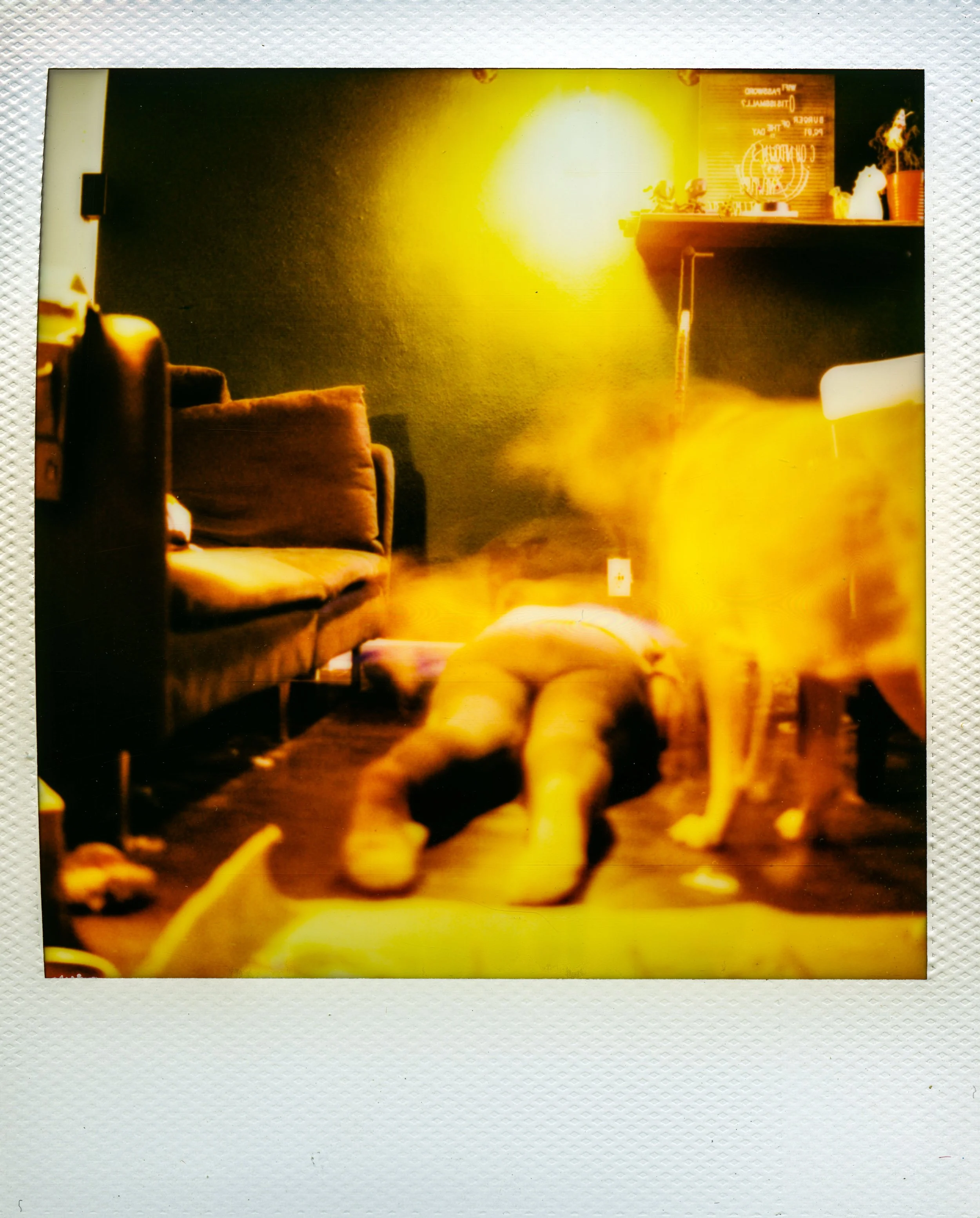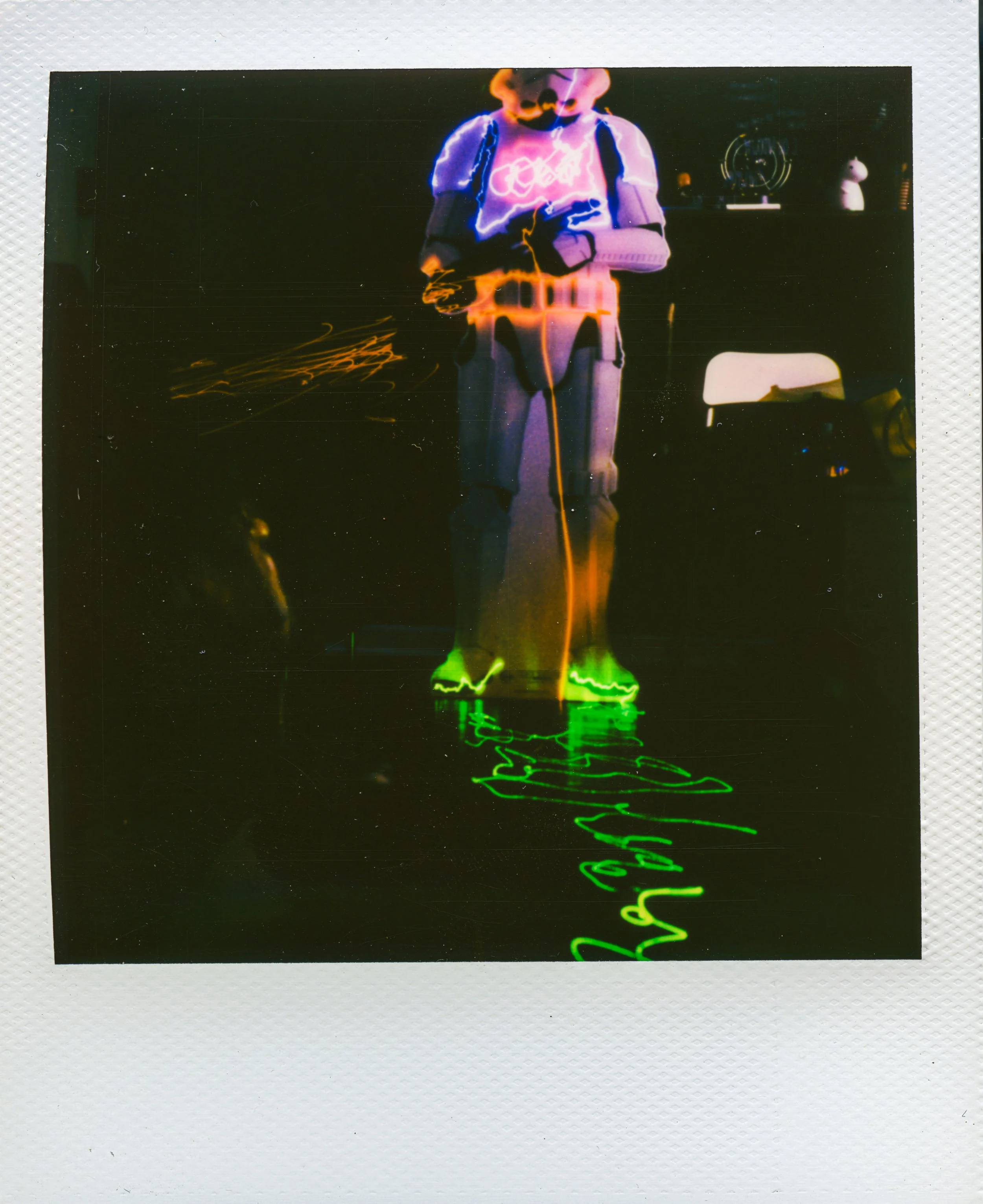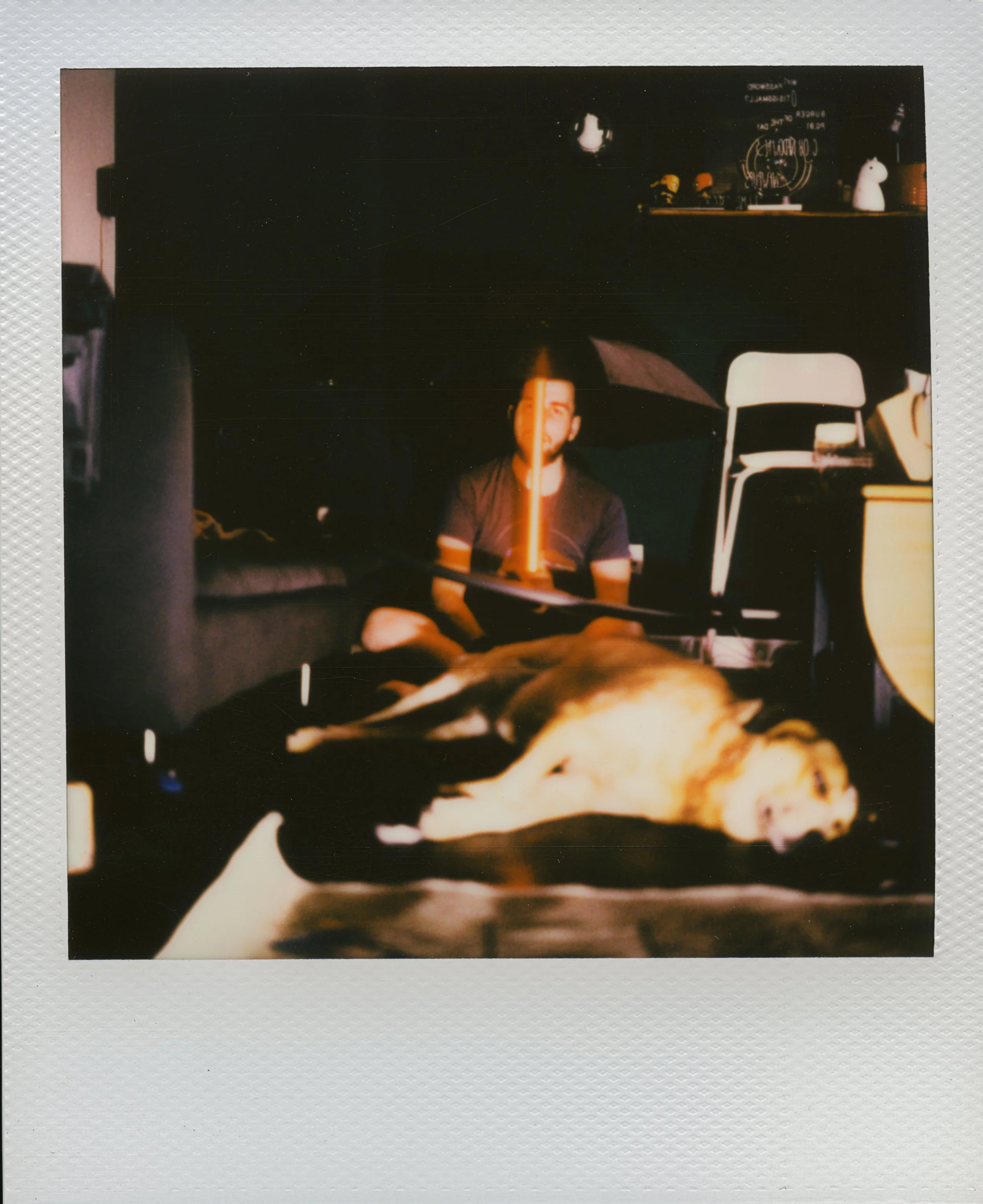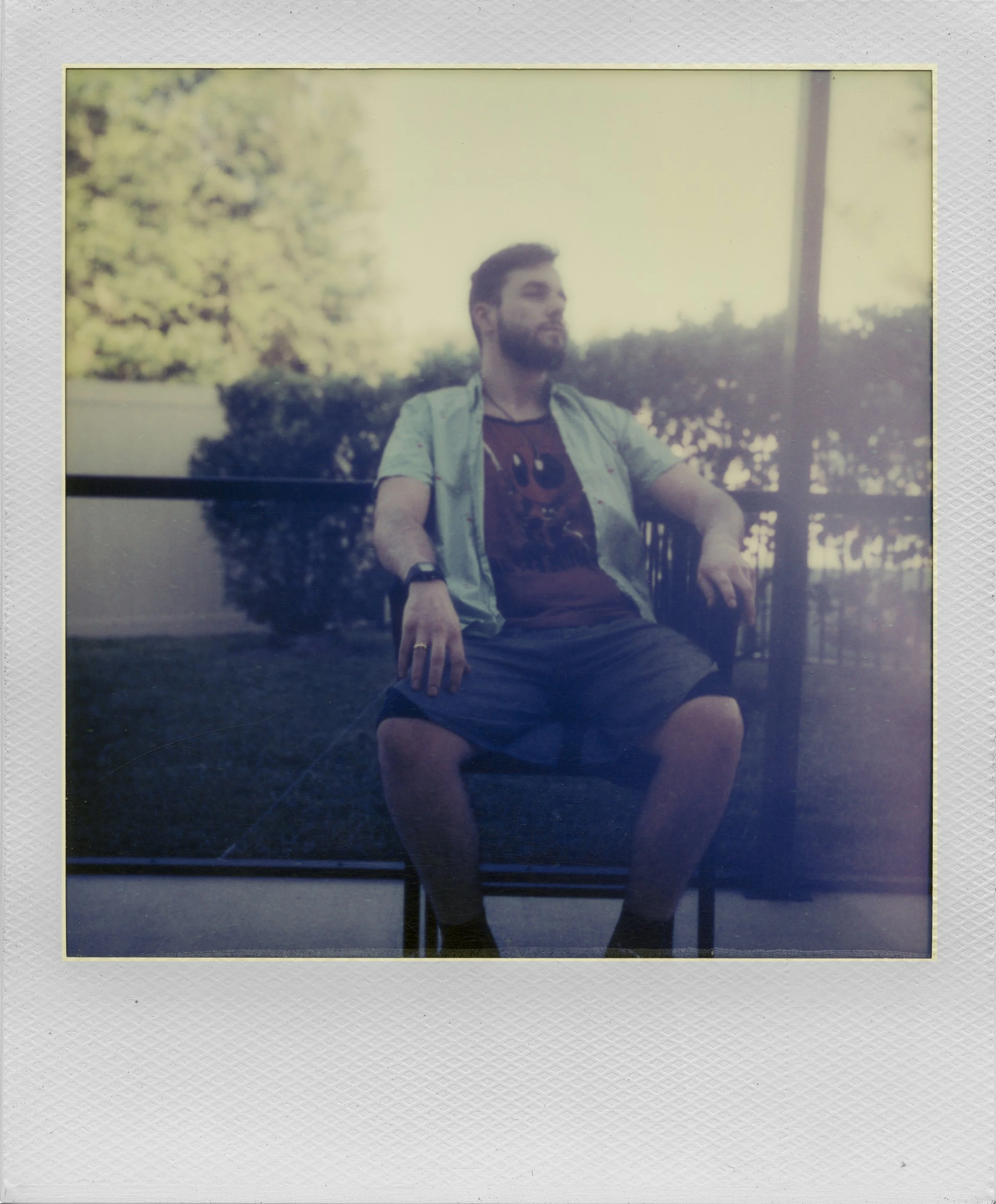The Creative Kid
Work by Dallas Hartman
4 by 5 Polaroid
How to Rebuild the Wheel
By: Dallas Hartman
The Idea
It always starts with an idea, this one was formed over the course of a few months. I once had a Polaroid camera as a kid, I think I got a total of two sets of film due to the high cost of each photo. In recent months I’ve seen my friends use their personal Polaroids to make creative, artistic photos. I found an amazing large format camera on Facebook Marketplace for really cheap around this time, and luckily the person was nice enough to ship it to me. Lastly I have been learning some really cool alternative photo methods by the great Professor Trice. All of this culminated to me wanting to take a really easy quick photo on a machine that is built for almost the exact opposite function.
The Equipment
Well I found the beautiful camera on the right for a crazy price, so I couldn’t pass it up. After I got it I realized I needed a way to take photos and the film, developing canister, and chemicals seems like a pretty big expense to add to this just to learn how to properly shoot with the thing. My idea was how can I take a quicker photos with such an old camera. I went to research and found a lack of entries when talking about shooting polaroid’s or instant film on the older cameras. Once there was methods for this but the majority came in the form of pre-made packs or specialized film that is no longer made. Knowing that Polaroid’s are making a comeback and that you can buy I-Type or 600 Instant film from just about anywhere, I decided to create my own.
The Mechanics
I had to rip the Polaroid apart piece by piece with a Dremel saw attachment and some patients. I couldn’t figure out online what was necessary for the polaroid to print out, I knew somehow the film had to be pushed through the rollers somehow. I found this motor and hoped it was the key to my research and it was. I followed the wiring to discover that the motor was simply wired up to an on/off switch triggered by the shutter button. I wired a small battery to the motor and learned the mechanics necessary to print, which ended up being the spring in the upper left photo, bottom right of the camera, and the motor to run that and the rollers. I removed everything else that was unnecessary in order to put the film closest to the surface of the camera.
Attaching to the Camera
I thought to myself what do I have lying around the house that is strong, flexible, lightproof, and I have a decent quantity of? Cereal Boxes, of course. So my first attempt was flimsy and no quite powerful enough to shoot out photos. Apparently the camera is heavy enough to pull the sides off the camera body for some fun light leaks, and even though one battery is enough to make the motor run, it doesn’t necessarily have enough power to push a piece of film. I went into quick repair mode, because once the film was in I didn’t design a way to remove the Polaroid from the main body during shooting. I went into a dark closet and used light from the door edge to quickly wire more power into the machine and quickly attached it to try to finish shooting this roll.
Version 2: Judgement Day
Examining the results I came to the conclusion that the focus needs to be realigned due to the film being in a significantly different place. The second think I learned is light leaks are a bitch. The last thing I learned was thin cardboard is about as sturdy as a hundred year old wooden bridge. I went to a store where I get random parts to work on weird things I make and found some decent pieces of wood, big enough to work with the camera body. I found some soundproof panels as well that I felt would make good lightproof pads, and then construction started. I made precise measurements and took my time to slowly build a proper housing for this camera I wanted to last.
Round 2
The rebuilt unit was more precise, functional, and was sturdy enough to take wherever I want. The second round was at my sisters house during Taco Tuesday, I setup the camera, but made an initial mistake, I didn’t mark where to stand. I took two photos, then realized my focus was off, so I put a chair where I thought the focus was, and I was able to maintain some focus. The lighting was the next issue, the sun was setting, and throwing off my exposure readings, because the sun was directly in the background. Through trial and error I made some successful photos of the family, this showed me my process worked, it needs practice and some refinement, but the physical housing was complete.
Experimenting
After learning the process worked I decided to have some fun with it. I got another box of film to work with and my wife and I setup some scenes to take advantage of the style we were getting. I felt it gave a creepy timeless look to the photos with a crazy amount of detail so we tried to come up with creepy scenes with a lot of details. We struggled with the lighting at first, but in the end helped with the creepiness of the mini-series. We painted with lights and used motion blur to add some fun effects. Overall this is a really fun process to experiment and create with and each run I learn something more to improve the process the following shoot. I look forward to making more art with this camera and seeing how experimental I can get with it.
Of course I also needed a selfie to add to the collection, courtesy of my wife.
